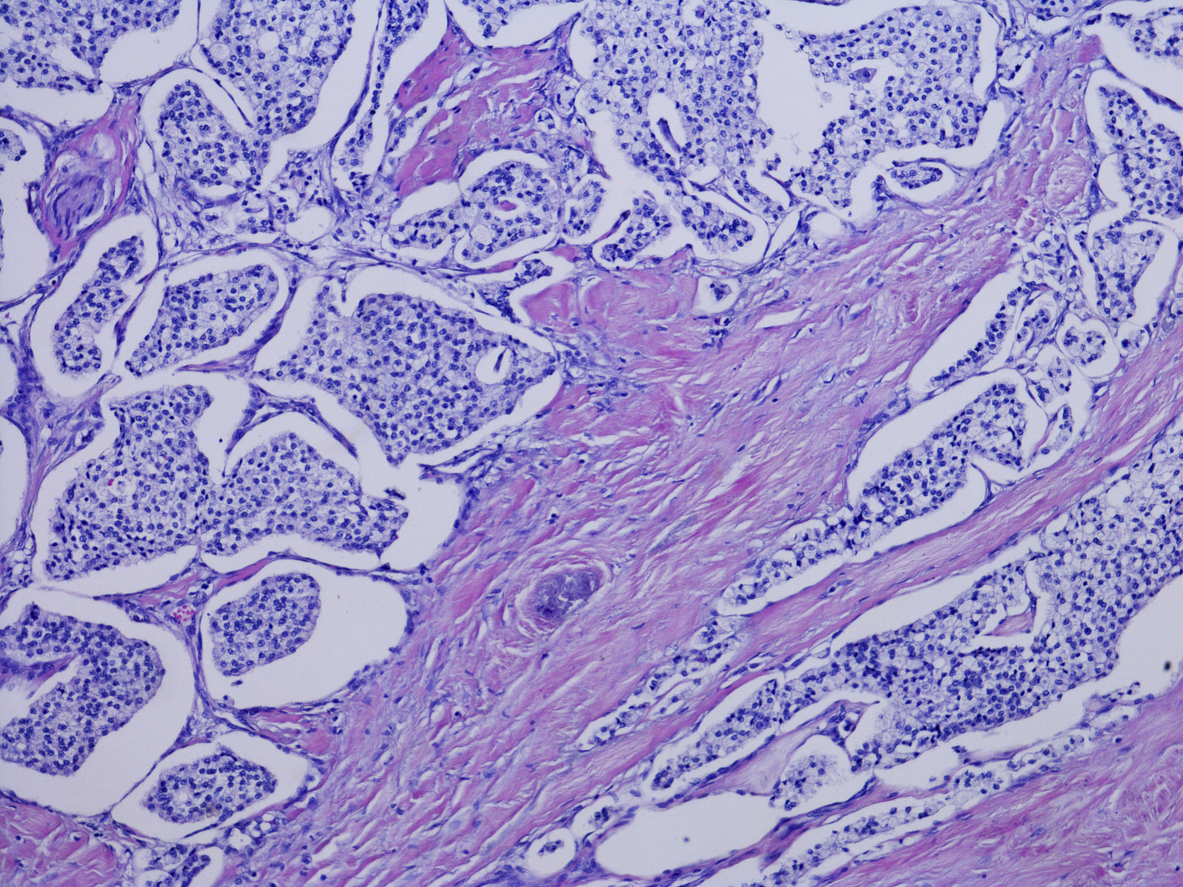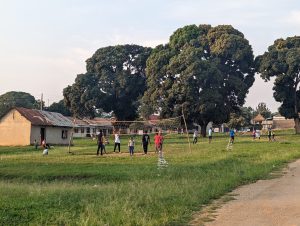
Pancreatic cancer is a devastating disease due to its often late diagnosis and its unresponsiveness to current therapies. It is estimated that 57,600 new cases were diagnosed in 2020 in the U.S., with a dismal 10 percent five-year survival rate.
For a study published in the journal Current Development of Nutrition, a research team led by CUNY SPH Associate Professor Dr. Ghada Soliman investigated the impact of the mechanistic Target of Rapamycin (mTOR) nutrient-sensitive pathway inhibition, and synergism with the antidiabetic drug, metformin on pancreatic cancer. The results showed that the combined treatment led to reduced pancreatic tumor burden, altered metabolic profile, and is better tolerated than the single-drug administration in an orthotopic pancreatic cancer model.
The mTOR pathway integrates nutrition status, energy level, and environmental cues to coordinate cell metabolism and physiological homeostasis. Drugs inhibiting mTOR catalytic functions serve as tools to investigate the molecular mechanisms of the mTOR protein function and the metabolic and health outcomes. Dr. Soliman and team hacked the mTORC1/mTORC2 pathways with drugs to determine their functionality and to advance chronic disease therapeutics.
The immediate usefulness of mTOR inhibition and interactions with metformin is in decreasing the pancreatic tumor burden and providing a rationale for the combined drug applications in pancreatic cancer clinical trials.
“Ultimately, this study can help us understand and gain insight into how mTOR controls nutrient metabolism and use such information to develop therapeutic interventions in the treatment of pancreatic diseases, type 2 diabetes, and the associated cardiometabolic complications,” Dr. Soliman says.



